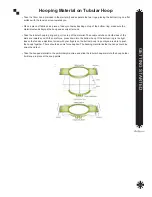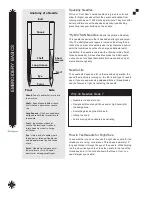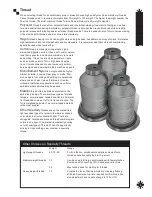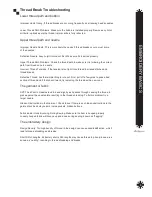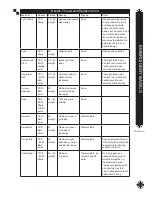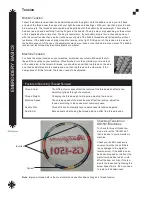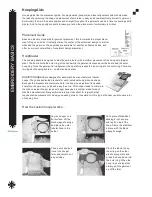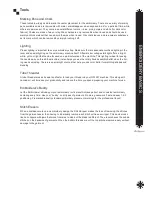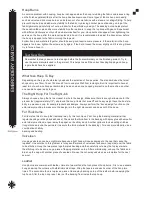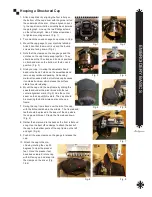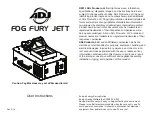
EM
B
R
OI
D
ER
Y
B
A
S
IC
S
4
Thread
When selecting thread for an embroidery project, always choose high quality machine embroidery threads.
These threads come in a variety of weights from 30-weight to 120-weight. The higher the weight number, the
finer the thread. The most common thread for machine embroidery is 40-weight polyester.
Polyester
thread is made from polyester fibers and is colorfast making it resistant to fading, sun, saltwa-
ter and industrial laundering. Embroidery polyester thread is stronger than rayon. Because of its durability,
polyester makes embroidering easier with less thread breaks. There is a wide variety of color choices making
it the most popular thread used in commercial embroidery.
Rayon
thread’s beauty is in its rich bright colors and high sheen. Available in an array of colors, it tolerates
high temperature and is both washable and dry cleanable. It is recommended that no bleach or whitening
agents be used when laundering.
Cotton
thread is made from long staple, highly
merceized Egyptian cotton. It has a soft, warm, natural
look that is popular in heirloom embroidery, lace work
and quilting. It is not as strong as polyester or rayon
and can produce a lot of lint in high speed applica-
tions. It is recommended to use low density embroi-
dery designs and slower embroidery machine speeds.
Monofilament Nylon
is a single strand of nylon.
Almost invisible, it comes clear, gray or matte. Com-
mon usage is for cording and quilting or applications
where you don’t want to see the thread. It is also
utilized in institutional applications such as uniform
emblems where patches may be applied.
Metallic
thread offers sparkle and interest to the
embroidery design. There are three types of metallic
threads - core-wrapped, twisted and flat foil. All metal-
lic thread has some sort of foil in its construction. The
foil is metalized polyester. The core-wrapped metallic
is the most popular.
Other Specialty
threads are on the market like
light sensitive types that glow-in-the-dark or change
color when in direct contact with light. There are
variegated, twisted and blended thread combining two
colors in one spool. The market is constantly coming
out with new types of thread. When the opportunity
arrives to try something new, consider a specialty
thread.
Other Choices on Specialty Threads
?
Weight
Usage
Light weight threads
60, 70, 80
For fine fabrics, small delicate details and small fonts.
Increase density slightly by 5 to 10 percent.
Medium weight threads
30
Can be used to fill large embroideries with fewer stitches.
Decrease stitch count by 15%. Saves production time.
35
Most widely used for multi-color threads.
Heavy weight threads
12
Creates the look of hand embroidery. Use long floating
stitches. Special set-up time required for this thread (ten
sion adjustment and needle change to 100 or 110)
Summary of Contents for GS1501
Page 30: ...GETTING STARTED 28 ...
Page 31: ...GETTING STARTED 29 The Control Panel Display ...
Page 62: ...EMBROIDERY BASICS 28 Notes ...
Page 64: ...MACHINE BASICS 2 ...
Page 65: ...MACHINE BASICS 3 ...
Page 70: ...MACHINE BASICS 8 ...
Page 71: ...MACHINE BASICS 9 ...
Page 78: ...MACHINE BASICS 16 Notes ...









